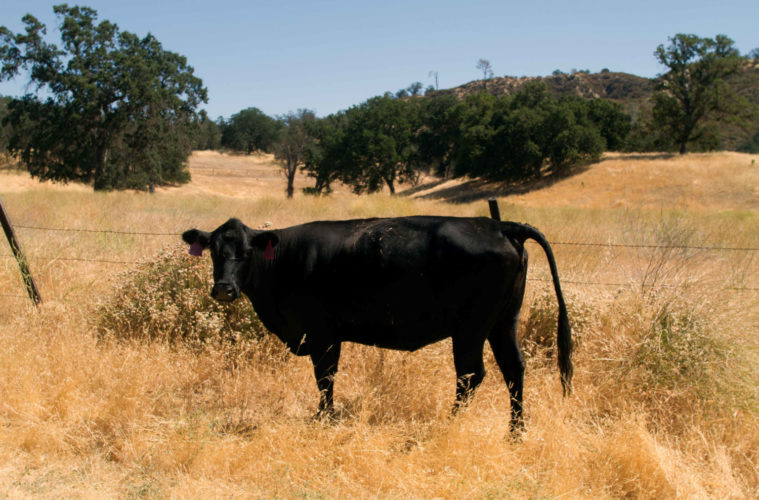*Brand Partner Content*
Summer is right around the corner and it feels like we’ve been waiting for this moment for far too long. Things are opening up, and friends and family are getting back together to catch up and make up for memories lost during the past year. And what better way to do this than with a cookout? We couldn’t be more excited to get back behind the grill to show off the skills we learned, and share some delicious meat with friends new and old.
However, this year’s grilling season will be different than all others before it. In a very good way. Not only have we had a year to explore new ways to cook and bake, but we have a collective heightened awareness of the importance of not only our health, but the health of the planet and the health of our local economy.
The good news — grilling with beef is one way we can do our part to ensure the health of all of the above. Cattle are raised sustainably in the U.S. and generate more protein for the human food supply than would exist without them.9 Additionally, the beef industry is an integral part of local communities and the national economy. By choosing beef, you are supporting your local rancher and farmer (as well as ranchers and farmers across the country) who has put years and years of hard work into ensuring that they are caring for both their animals and the land.
Many people may not be aware that sustainability is alive and well in the beef industry. It is, and in fact, it’s a crucial element being considered in all aspects of ranch and farm care. While the U.S. already produces the most sustainable beef in the world through decades of improvement and innovation, U.S. cattle farmers and ranchers are committed to producing high-quality, beef in the most sustainable way possible for generations to come.
Cattle expand the land available for human food production and do so while enhancing natural ecosystems. This is due to their ability to upcycle human-inedible plants into high-quality protein. In fact, beef production in the U.S. has the lowest emissions intensity in the world.
There are a lot of myths about beef in general. For example, a common notion is that cattle are one of the leading sources of greenhouse gas emissions. This couldn’t be further from the truth. In fact, beef cattle are only responsible for 2% of greenhouse gas emissions in the U.S., according to the Environmental Protection Agency. Some may argue beef is bad, thinking it comes from “factory farms.” However, more than 90% of cattle farms are family-owned and operated.
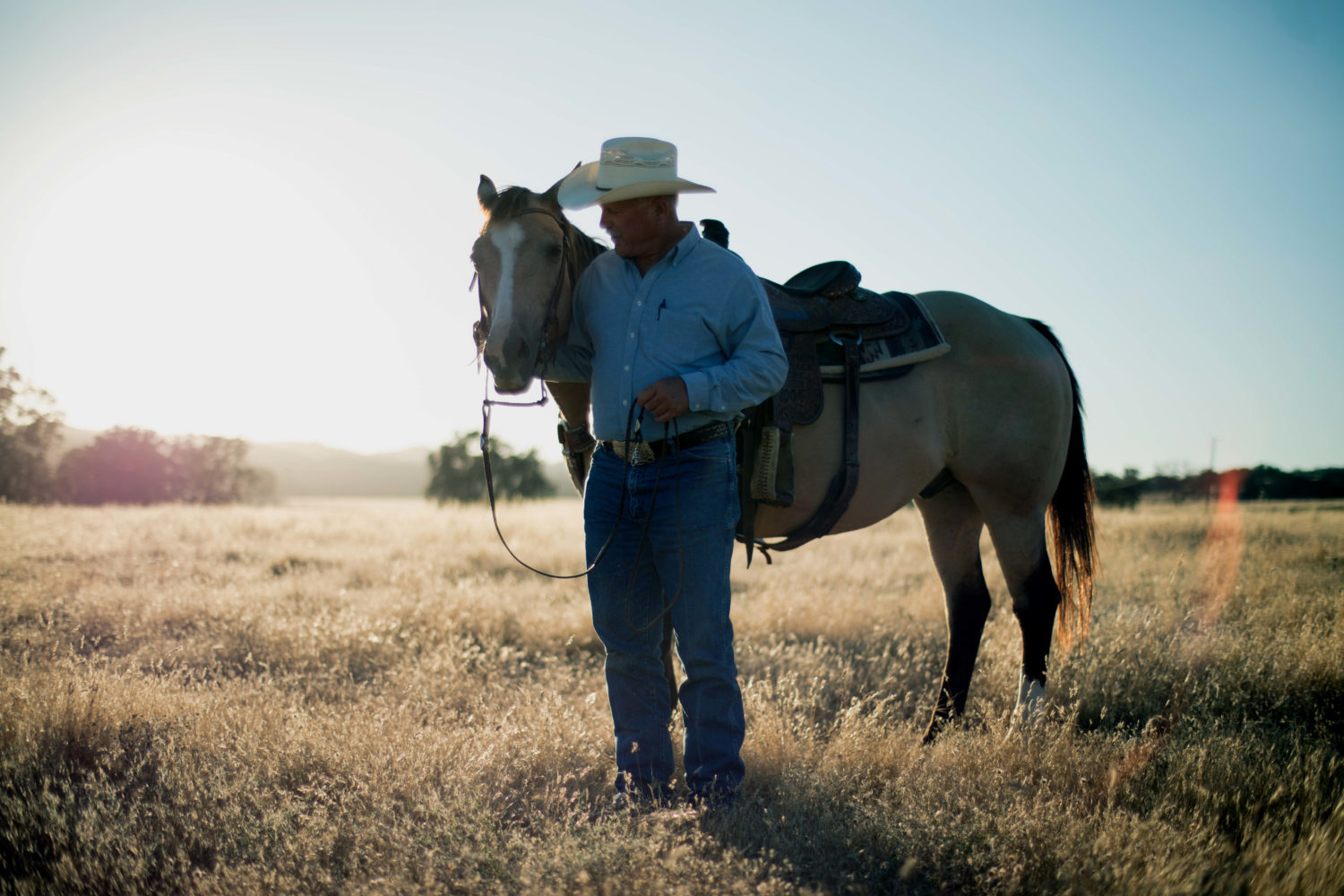
Photos from Bear Valley Ranch in Parkfield, CA.
Now that you can feel good about enjoying beef on the grill, you can also feel good about the people working hard to produce that beef – and we can’t think of anything better than that! We spoke with one such farmer to get a first-hand idea of what it means to raise cattle with sustainability at the forefront.
“My family has been ranching in the Parkfield area of southern Monterey County since the 1880’s and in this particular area here [where the ranch is now], I represent the 5th generation of my family. I have grandkids now, so they potentially represent the 7th generation of my family if they ranch or farm in the future,” introduces Kevin Kester, owner of Central California’s Bear Valley Ranch and former president of the National Cattlemen’s Beef Association. “Even in the last 20 years the cattle industry has gone through a tremendous amount of change. Tighter margins have forced us to get creative and find new ways to sustain business and the land.”
“This has led to a lot of technology changes,” the experienced family rancher explains. “An example is drones; we use drones for checking the water systems instead of driving in a pickup all the time which consumes gasoline. We just use the drone on a battery, and we can look at water tanks and water lines.”
Kester has also employed technology to ensure sustainable use of water sources, an issue of utmost importance in an area that is no stranger to drought.
It turns out drones are useful for gentle farming as well.
“We recently found out it’s very easy to move cattle with drones. Cattle respond very gently to the sound of the propellers, they just walk away from it, so we’ve saved hours of labor and it’s easy on the cattle for moving them,” Kester furthers. “So that’s another example of things that have made us more sustainable.”
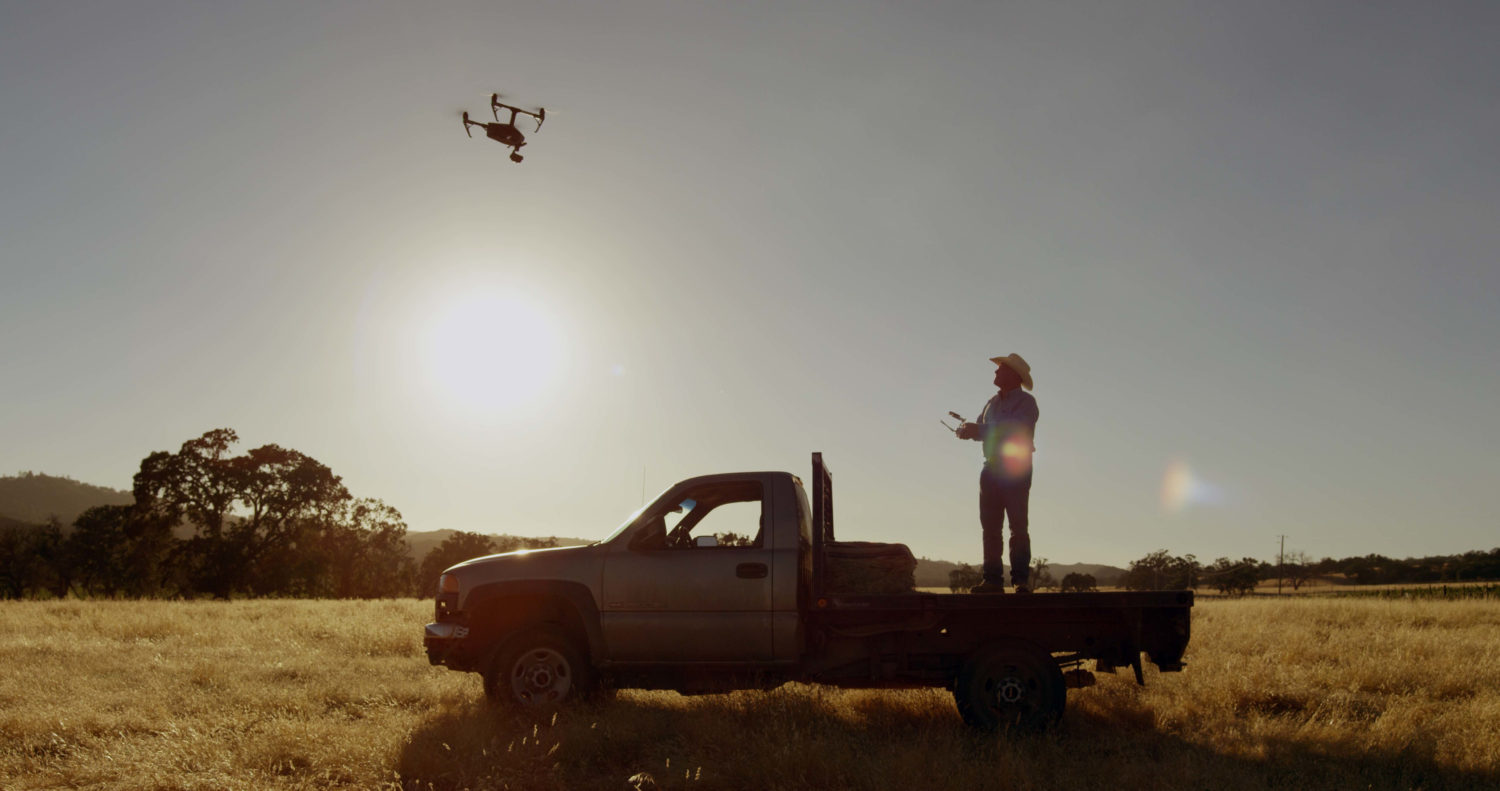
Photos from Bear Valley Ranch in Parkfield, CA.
They’ve also increased the number of fields they have, allowing the family to rotate cattle between more pastures, giving the soil time to rest and the ability to sequester carbon,another sustainable practice. This helps also to abate erosion, and protects native flora.
As busy as Kester is keeping up with the cattle and new technology, he always makes time to sit down with his family for a good meal. He too has a vested interest in raising wholesome, sustainable beef – after all, it’s what he’s feeding his kids and grandkids. What’s his favorite beef cut?
“That’s easy,” laughs Kester. “That would be a bone-in ribeye.”
To really get a good idea of the best way to prepare your beef for your summer cookouts, you need to talk to Bridget Wasser, who leads Beef Checkoff-funded culinary work at the National Cattlemen’s Beef Association in Centennial, CO.
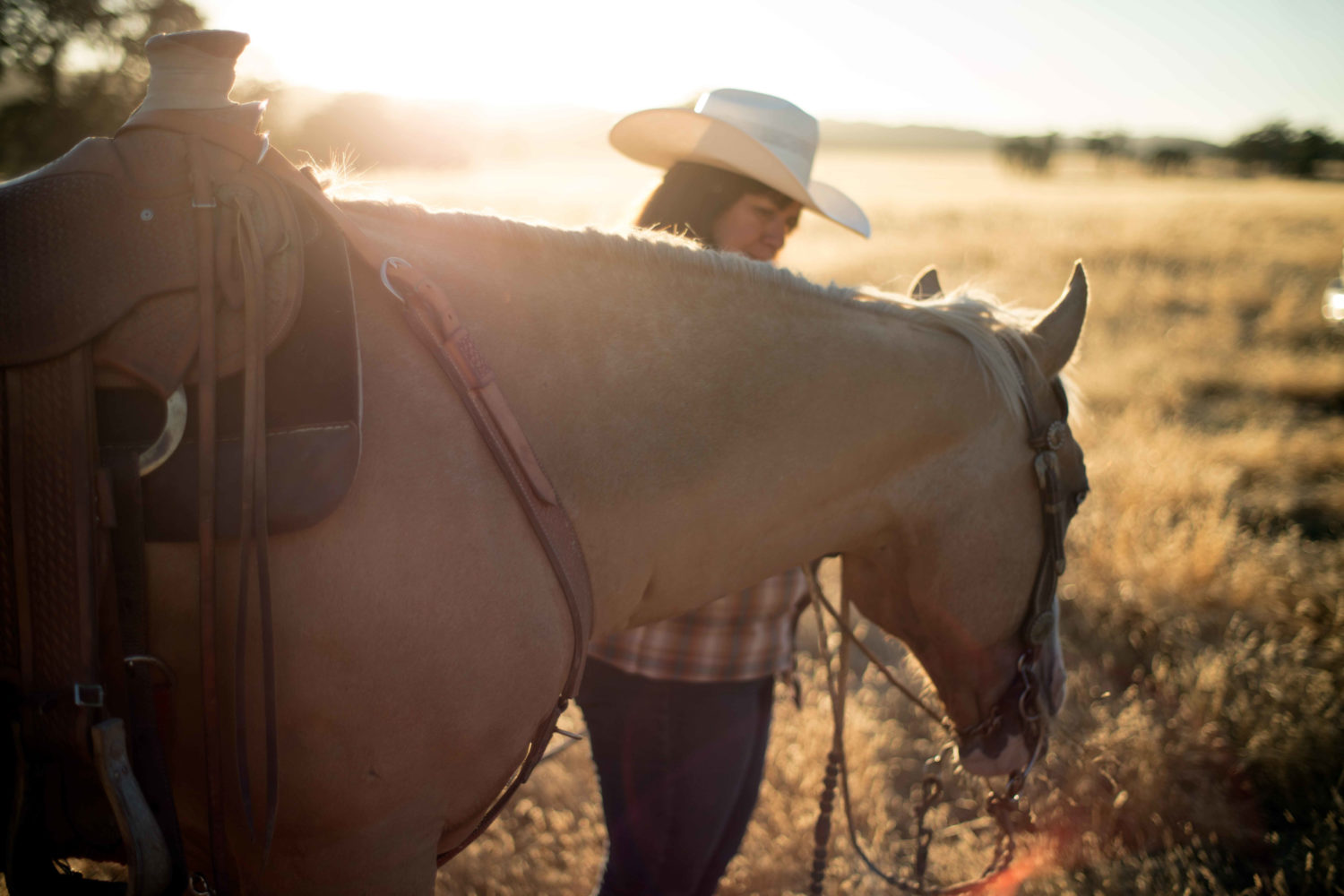
Photos from Bear Valley Ranch in Parkfield, CA.
“To sum it up, my background is I’m a meat scientist and I lead all of our activities related to beef as a product,” explains the butcher. “So that would be our meat science research (technical research on the taste and tenderness of the product ), our culinary programming, all of our supply chain work and engagement with those that make and sell beef.
Female butchers are inherently badass, dominating a field that was previously reserved for men in archaic years past. How did she get to where she is?
“In my schooling, I focused on meat science…and butchery is part of that. Anatomy, butchery, understanding all of our cuts… once you understand those things you really understand how beef should be prepared depending on where it comes from in the animal. It also covers how beef tastes, how we can improve the product to be more tender and satisfying, so it includes a lot of things but on the butchery front,” she tells us.
A veteran in the industry, she’s seen a pivot towards sustainable and conscious practices in a big way.
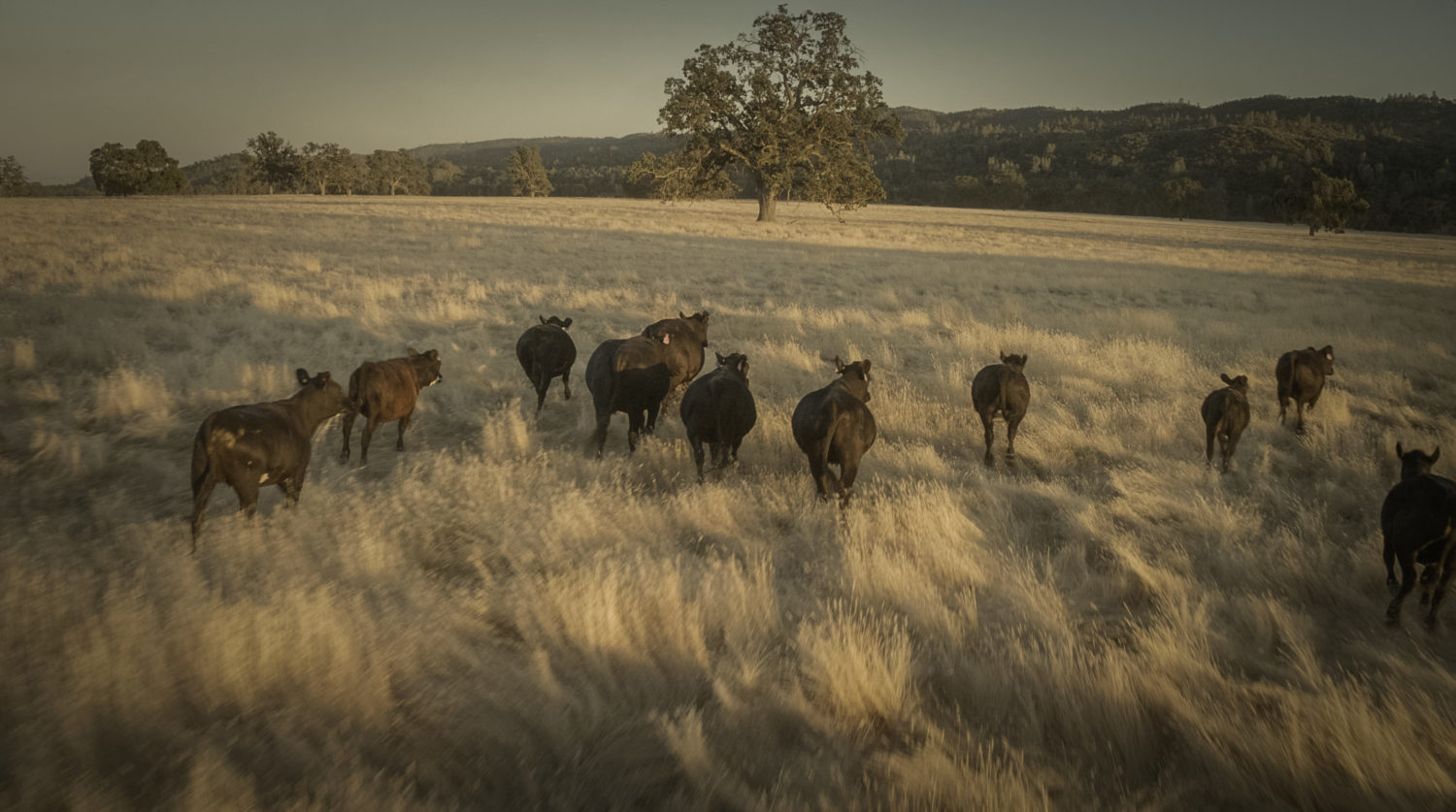
“The meat industry has been on a journey in sustainability and has shown our commitment to improving practices over time and then also to measuring those improvements through research,” Wasser says.
With Father’s Day approaching (very much a grilling holiday), and warmer days upon us, we’re all getting ready to fire up the grill to make some meals that become lasting memories. We asked the badass butcher herself to share her grilling tips and favorite recipes:
- Consider your cut: While classics, such as Strip Steak and Ribeye, can be an easy go-to, there are endless options when it comes to cuts of beef. Why not try taking your grilling game up a notch with a cut you might not be as familiar with, like a juicy Flat Iron or a lean, flavorful Flank Steak? More cut ideas for grilling can be found here.
- Elevate those flavors: Marinades and rubs are a great way to take beef to the next level with minimal effort. To add extra flavor, tender cuts can be marinated for as little as 15 minutes or as long as two hours. For less tender cuts, marinating for at least six hours, but not more than 24 hours, will do the trick.
- Medium and steady wins the race: When it comes to cooking beef, there is no need to rush the process by using any higher heat than medium. Cooking at a medium heat allows beef to achieve caramelization while still developing rich flavors and avoiding charring.
- Temperature is king: To have the best eating experience, it is important to cook beef to the correct internal temperature. The best way to ensure accurate results is to use a meat thermometer.
- Let it rest: Always let beef rest for about 5 minutes after it comes off the grill to lock in all those tasty juices.
- Time to savor! Once you’ve finished grilling that delicious beef meal, it’s time to sit back and enjoy.
Check out more beef grilling basics here. You can find all of Wasser’s grilling advice on Beef. It’s What’s For Dinner.com.
Grilling Recipes from Beef. It’s What’s For Dinner.com:
- For great burgers this summer, view the Tastiest Burger Recipe Collection.
- For more classic grilling recipes beyond burgers, check out Grilling Favorites Recipe Collection.
- And, if you want to fire up the smoker this summer, try their Flavorful Smoked Beef Recipes.
Nail the cooking tips and recipes above to make sure you have a great eating experience at home this summer!
Advertising disclosure: We may receive compensation for some of the links in our stories. Thank you for supporting LA Weekly and our advertisers.

